Late summer/fall perennials for hot, dry partial shade
Dillybeansown (6b in the Ozarks)
4 years ago
last modified: 4 years ago
Featured Answer
Comments (15)
laceyvail 6A, WV
4 years agoRelated Discussions
Will it be too late to plant perennials from seeds in Summer?
Comments (12)What did you mean by Burpee? That was the brand of seed you used, or you used the Burpee seed starting system? I started plants from seeds for the first time this year. I used the Burpee seed starting kit (tray of 72 soil pellets on a capillary mat, with a water reservoir beneath, no heat lamp, just set next to a window) and had great luck with zinnia (of course), shasta daisy Alaska, and hollyhock. At first, I thought the kit was a huge disappointment, as I got great germination rates but it was almost impossible to remove the seedlings without killing them. What ended up happening, though, was that after mid-late spring, I ran out of steam planting stuff outside, and I just left my seed tray outside, watering regularly. The seedlings continued to grow. Then, I went on vacation for 10 days and so I set the seed tray on the ground in a sunny area where it would get watered by our sprinklers which were on a timer. The plants grew like wildfire! That was early July. I finally got up the energy to plant the plants - the hollyhock seedlings are huge (I never thought they'd finally get big), and I repotted each shasta daisy in a 6" plastic pot leftover from other perennials I bought at a garden center. I now have about 16 plants in such pots - they're growing rapidly and I will plant them in the ground in early August. No, I won't get blooms this year, but I should get them this year. Delayed gratification. The zinnia, it goes without saying, are doing fantastically - if only they were perennials. I've also just planted purple coneflower seeds directly in the ground per the seed packet instructions, and hope they will come up, as it's very warm out and I am keeping them moist. I know that my other experience won't help you this season, but it's an approach you might want to take next year. When I transplanted seedlings into the ground in spring when the were very small, almost none lived. Now that they are much larger they're thriving after transplant. I wouldn't have thought seedlings would do well growing for 3.5 months in a 1" cell, but they did. I've got over $100 worth of shasta daisies for about $1. Worth it? In the end, yes. Of course $100 isn't all that much and it might have been easier to just buy the plants, but now that the plants are larger and look like they'll survive just fine, I'm satisfied with the effort I put in. I think I'll try it next year. It's an ongoing process. I'm not basing my entire garden on seeds, but since I'm in it for a fairly long haul, I figure I can help fill out my garden cheaply doing some stuff from seed....See MoreZone 7b bed to peak in late summer/fall?
Comments (13)My main flowerbed has many large clumps of Rudbeckia fulgida 'Goldstrum' (or maybe it's R. hirta, whatever the common wildflower is) and they put on quite a show. My only complaint is that they tend to rest in between flushes of blooms - so there are long periods where I don't have any color. And the pattern of when they bloom or not bloom is totally up to the weather and is different every year. Mixed in with them is every color of Garden Phlox available and they bloom up til the first hard frost in my yard (which is usually November). I also have Obediant plant. In my bed it isn't much of a thug. I planted it last so it isn't winning the turf war with the phlox or black eyed susans. The bed endures long periods of dryness and only gets 4 hours of stong light in the late afternoon so that may be why it just sorta limps along and pops up here and there between all the tall bloomers. I grow a lot of Goldenrods and especially like 'Fireworks' which tends to bloom around mid September. Stokesias do well for me as long as they are out in front of everything else. They tend to bloom now and then rest and rebloom in Sept or Oct. I really like using baby palms (Sabal minor) as foliage accents mixed in with all the bloomers. Once they get tall they tend to dominate everything - but with my lack of strong sunlight that takes forever. You don't really see the 'fan' shape of the leaves just long pokey spikes sticking up and through the clouds of blooms. I know, most folks would want the palms front and center but I like them this way. I have two perennial mums and I don't know either of their names. One is a pale apricot, sorta wild flower looking and very stunning with the right shades of yellow or oranges around it. The other is like stubby white daisies and it blooms way late in the year - like after first frost and on til Christmas if the weather stays mild in the daytime....See MorePerennial flowering plants Zone 8 full and partial shade
Comments (9)Amending your soil is always a good idea, if you don't have ideal conditions to start. I think it gives plants a head start when they are first struggling to get established -- and of course, watering every week is a must for the first year! An excellent background shrub might be the red or pink flowering cestrum. I have to watch out for scale in the dry summer months but outside of that, they flower virtually year round in zone 9, and are vigorous multi-branching, 4-8' shrubs. You can prune them to thicken them up a bit, otherwise the branches lean outwards. Another excellent choice might be abutilons, if they are hardy where you are. I've seen conflicting information on the difference varieties so I don't know if they'll work or not. The two most beautiful variegated ones are 'Thompsonii' - very vigorous, and 'Savitzii', which is less so. Aphids can trouble them though. I like variegated plants because they really brighten up a shady spot. For dry shade, there is nothing better than Aucuba 'Gold Dust' -- cheap, easy to find, and gets a substantial 6-10' in height over time. Fabulous to add the leaves to a bouquet, too. Watch out for snails when young, they love to munch on this plant. I have good luck with India hawthorn (Rhaphiolepsis indica) 'Ballerina' in partial shade, it is a smaller, daintier version of the I. hawthorn that flowers profusely, and never seems bothered by insects or drought. I understand epimedrums are very good in shade and dry shade situations, too. I'm in a warmer zone than you so have other varieties instead. Note that hummers and butterflies absolutely adore the cestrums and abutilons so I never use systemics....See MoreGroundcover in dry, partial shade, no supplemental waterin
Comments (11)Thanks Carla. I didn't realize there was a Trailing Lantana. It sure is gorgeous! I was intending to plant a Turks Cap in this spot, and looking for groundcover to accompany it. Otoh, something like the trailing lantana would be fine by itself. How much sun does lantana need? How well does it do without supplemental watering? Deb - I'd love a start of your snakeherb. :~) We built our house in the woods, and have replaced very little of the local native plant/weed population. We haven't yet managed to eradicate all of the giant ragweed, but at least the numbers have been significantly reduced! With the exception of a few beds, I don't want anything that looks manicured, needs mowing, or needs much water. We have 3 huge rainwater tanks, and ideally they would supply all the supplemental water. Most of the "lawn" area is covered by the septic spray, which isn't a lot of water, but is some....See Morerouge21_gw (CDN Z5b/6a)
4 years agoDillybeansown (6b in the Ozarks)
4 years agoDillybeansown (6b in the Ozarks)
4 years agosah67 (zone 5b - NY)
4 years agodbarron
4 years agoDillybeansown (6b in the Ozarks)
4 years agodbarron
4 years agoSue W (CT zone 6a)
4 years agobostedo: 8a tx-bp-dfw
4 years agojunco East Georgia zone 8a
4 years ago
Related Stories
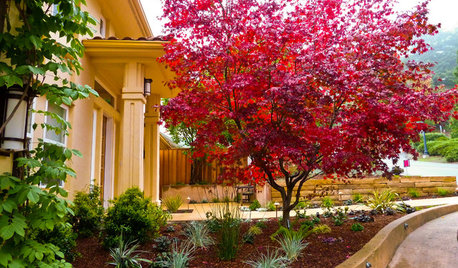
LANDSCAPE DESIGN7 Great Trees for Summer Shade and Fall Color
These landscape-pro faves straddle the seasons beautifully. Could one enhance your own yard?
Full Story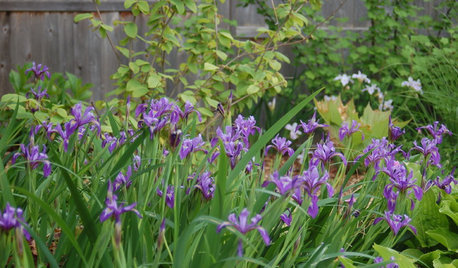
BULBSPlant Irises in Fall for Standout Spring-Into-Summer Blooms
These spring perennials, named after a Greek goddess, are staples in spring gardens
Full Story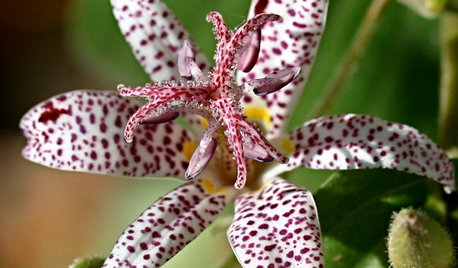
SUMMER GARDENING10 Perennials to Extend Your Garden's Summer Color
Revive summer-weary gardens with outstanding late bloomers such as toad lily, Russian sage, blanket flower and more
Full Story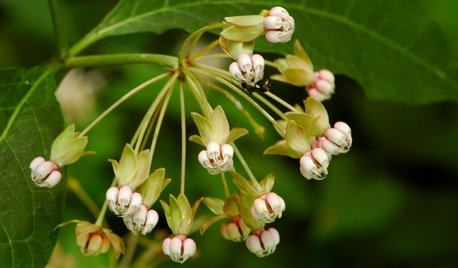
GARDENING GUIDES5 Unsung Wildflowers That Thrive in Dry Shade
Turn shady problem spots into garden idylls with with these prolific, easy-care bloomers
Full Story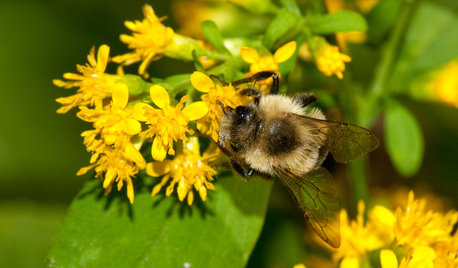
GARDENING GUIDESGreat Design Plant: Solidago Flexicaulis Colors the Fall Shade Garden
Plant zigzag goldenrod in eastern U.S. gardens for its bright yellow flowers and tolerance of a broad range of conditions
Full Story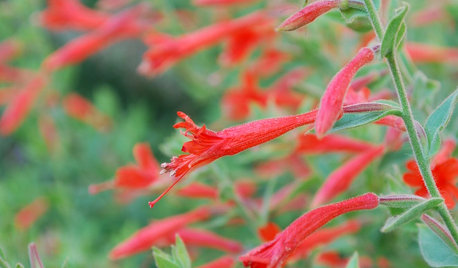
SUMMER GARDENING6 Water-Wise Perennials for Blazing High-Altitude Summers
Scorching weather and high elevations don't have to mean scraggly plantings. These blooms are as gorgeous as they are tough
Full Story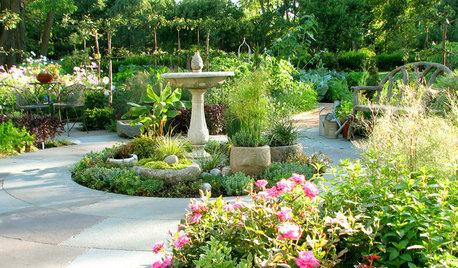
GARDENING GUIDESAfter-Summer Care for a Fabulous Fall Garden
Cleaning out stragglers and taking time to assess will keep your garden thriving all through autumn
Full Story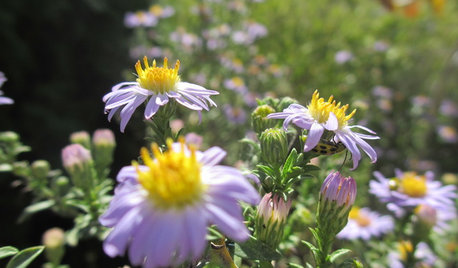
NATIVE PLANTSPlant These Fall-Flowering Natives in Early Summer for Pollinator Love
These 3 groups of plants will support masses of beneficial insects come autumn
Full Story
GARDENING GUIDES8 Perennials for Great Fall Color
Trees haven't cornered the market on autumn splendor. Add these flowering perennials for a foliage sight to behold
Full Story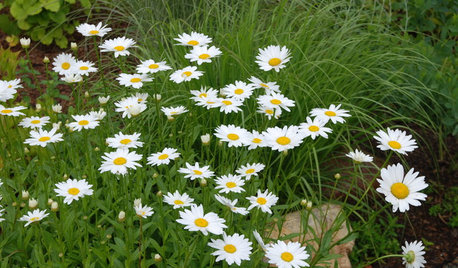
FLOWERSBest Cutting-Garden Beauties for Late Summer
Pick blooms bursting with color or in classic white for bouquets to give away or keep all to yourself
Full Story



dbarron